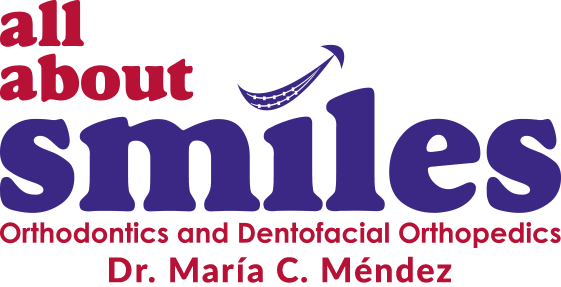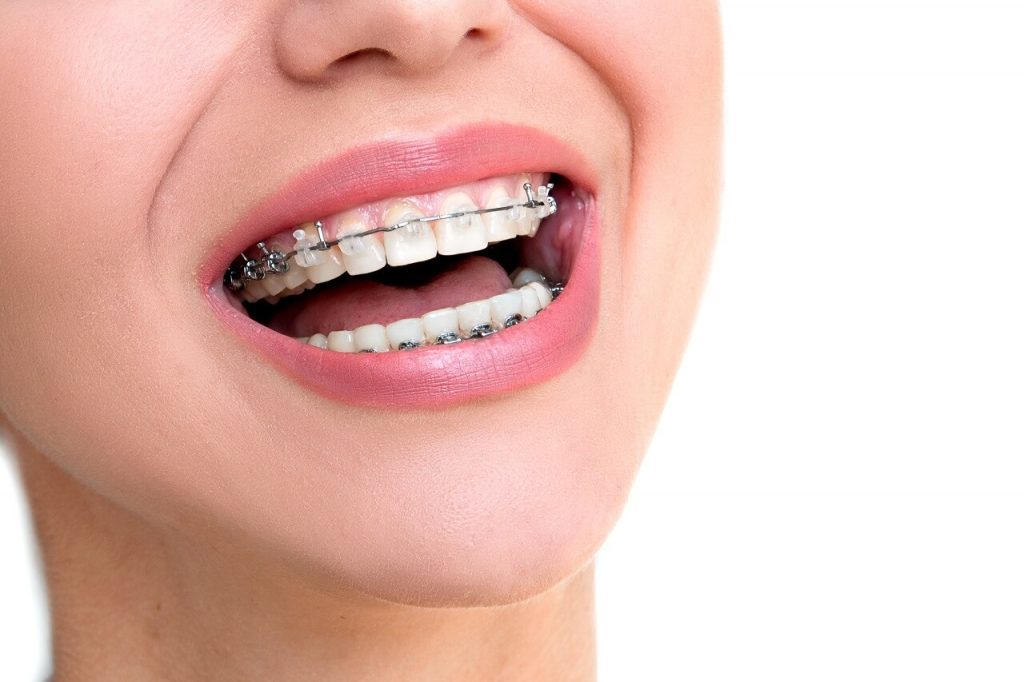Have you ever really thought about how braces work? Braces push and pull teeth through bone. Your teeth are made up from the strongest substances in your body, stronger even than bone. Braces of one type or another place pressure on those teeth that is so persistent and powerful that the teeth are pushed or pulled through the softer bone material in the jaw. As your teeth shift slowly but inexorably into their new position, that living bone matter heals in the wake of those slow-moving teeth.
Those braces, strong enough to move teeth through bone and to transform misaligned teeth into a perfect smile, come in several different types. Each type of braces offers different advantages to suit different patients. An orthodontist near you can determine and recommend what type of braces is right for you and your goals.
Metal brackets
This most traditional type of braces consists of metal brackets bonded to the front of your teeth, which brackets are connected to each other with wires and/or elastics that, by constant adjustments, apply the pressure necessary to shift your teeth into the appropriate positions. That pressure is applied by the wires, not the brackets, but the brackets hold those wires in place and close to your teeth. Metal braces in Orlando are versatile and suitable for patients of all ages. They’re the most economical type of braces, but also the most obvious to observers.
Clear aligners
Clear braces use removable plastic aligners to gradually shift teeth by moving through a series of slightly different aligners several weeks at a time. The aligners are custom-designed and custom-fit to your teeth using digital images and impressions. The most significant advantages of clear aligners are that they are removable (to eat, brush, and floss) and nearly transparent. To obtain the fullest benefits of clear braces, it’s important to take good care of those alignment trays, including by cleaning them every time you remove them from your mouth.
Ceramic braces
Ceramic braces work in precisely the same manner as traditional wire and metal braces. The only differences is that the metal brackets on each tooth are not metal; they’re ceramic. Because the color and sheen of ceramic blends very naturally with the enamel of your teeth, ceramic braces are much less visible than metal bracket braces — within limits. Even with ceramic brackets, the wires between the brackets are made of metal and still visible. One downside of ceramic braces is that they can become stained by strongly pigmented foods at the risk of undermining the very reason you selected them.
Lingual braces
Lingual braces are placed on the inside of your teeth so that they’re entirely invisible to outside observers. For people who place the highest priority on discretion, they’re ideal. There are several downsides to that distinguishing feature. First, lingual braces work more slowly than other types of braces, meaning your treatment plan will be longer and you’ll attend more appointments at your orthodontist in Orlando. They’re also the least comfortable type of braces, with the metal brackets and wires sitting between the back of your teeth and tongue. That location of all the hardware can make brushing, flossing, eating, and speaking more difficult than any of the other options.
If you’ve decided to pursue straighter teeth, the next question is how? An orthodontist in Orlando will, after carefully reviewing your teeth, gums, jaw, and medical and dental history, recommend the best options for your consideration. Each type of braces offers advantages and disadvantages in areas such as cost, length of treatment plan, comfort, and subtlety but they all have one thing in common — straighter teeth and a more confident smile at the end of your treatment plan.

